|
As you might know by now, I don’t need a particular reason to open a bottle of wine, regardless of the price tag. I’m all about celebrating “just because” moments! So, whether you’re in the mood for bubbles or still wine, these wallet-friendly and easy-drinking wines are an excellent addition to keep in your refrigerator for your “just because” moments! Occasionally,, I review new vintages of my favorite wines from producers I have written about in the past. And so it is with Pasqua Vigneti é Cantine, who always pleases my palate with their expressive and memorable wines. Still Wines Pasqua “11 Minutes” Rosé Trevenezie IGT 2023 Founded in 1925, this family-run business is located in Verona, Italy. and is led by third-generation Pasqua brothers Riccardo and Alessandro. The company has complete control over approximately 741 acres of vineyards (1/3 is estate-owned), stretching from Lake Garda to Soave. This wine is a unique blend of sustainably grown grapes sourced from Lake Garda. The blend is 50% Corvina, 25% Trebbiano di Lugana, 15% Syrah and 10% Carménère. It is called “11 Minutes” because after harvest thes grapes are gently pressed, and with only 11 minutes of skin contact, the most noteworthy qualities of the grapes are extracted, and the color is obtained. The bottle is an unusual and eye-catching oval shape, with an alluring photo of Lesbia seen through the front label. Nose: Lovely floral notes, red berries, citrus, and a hint of herbs. Palate: This is a fresh and inviting rosé with wild strawberries, spice, vibrant acidity, and a touch of pink grapefruit on the finish. Alcohol: 12.5% SRP: $18.99 Pairing suggestions: Enjoy as an aperitif or serve with grilled fish, seafood, risotto, or salads. Veramonte Chardonnay 2022 Viñedos Veramonte is an organic estate established over 25 years ago, and it sits at the extreme eastern end of Chile’s Casablanca Valley. The Veramonte vineyards are located in both Casablanca Valley and Colchagua Valley. Organic grapes for this 100% Chardonnay are sourced from Casablanca Valley. Part of the wine is barrel fermented in neutral oak with wild yeasts for about eight months, and the rest in stainless steel tanks. Nose: Floral, white stone fruit, citrus, minerality, and a hint of mint. Palate: Aromas segue onto the palate with subtle oak notes, nice acidity, lemon drops, and a touch of salinity. This is a fresh and lively wine. Alcohol: 14% SRP: $13.99 Pairing suggestions: Serve as an aperitif or pair with appetizers, seafood, grilled salmon, veggies, and pizza. Sparkling Wines Valdo Marca Oro Valdo was founded in 1926 by the Societa Anonima Vini Superiori and purchased by the Bolla Family in 1938. “Over 90 years of continuous innovation with an ongoing quest for quality and devotion to respecting the vineyards & wine-making traditions of the region has helped to secure Valdo’s position as one of the leading and most trusted Italian wineries specialized in Prosecco and sparkling wines.” (Valdo quote) Sparkling wines labeled Prosecco DOC (Denominazione d’Origins Controllata) come from nine provinces between Veneto and Friuli-Venezia Giulia. What is considered to be the best quality Prosecco comes from the Treviso province, especially the area between Valdobbiadene and Conegliano, a hilly area that is the home of Prosecco Conegliano Valdobbiadene Superiore DOCG (Denominazione d’Origins Controllata e Garantita) The Valdo winery is located at the foothills of the “pre-alps” around Treviso in Valdobbiadene, the heart of Prosecco DOCG.with vineyards in the DOCG and DOC appellations. Valdo Marca Oro Prosecco DOC Rosé Brut The grapes for this sparkling wine are sourced from the Prosecco DOC appellation in Veneto, Italy. It is 90% Glera and 10% Pinot Noir and produced using the Charmat Method. Nose: Lovely floral notes with pear, sweet apples, and red berries. Palate: Persistent and fine bubbles with aromas that segue onto the palate. Bright acidity and a creamy mouthfeel add to a long and refreshing finish. Alcohol: 11% SRP: $15.99 Pairing suggestions: Enjoy as an aperitif or serve with fish, pasta, salads, grilled chicken, or dessert. Valdo Marca Oro Prosecco DOC Brut The grapes for this 100% Glera sparkling wine are sourced from the Prosecco DOC appellation in Veneto, Italy. It is produced and aged using the Charmat method, followed by one month in the bottle. Nose: Floral bouquet with green apples, white stone fruit, and hints of citrus. Palate: It has ersistent and fine bubbles with crisp fruity notes, lemon, and a touch of melon. It has excellent structure and is a fresh and lively wine! Alcohol: 11% SRP: $14.99 Pairing suggestions: Enjoy as an aperitif or serve with Asian cuisine, grilled fish, crab quiche, or turkey burgers. FIOL Prosecco DOC Rosé 2021 FIOL (pronounced FEE-yol) means “son” in Venetian dialect and “chap” in English. FIOL was founded in 2011 by Gian Luca Passi and co-founder Giovanni Ciani Bassetti. They are childhood friends who grew up surrounded by Prosecco. “Most local winemakers have been drinking sparkling wine for 50 years and need an extraordinarily strong bubble to really feel it. We wanted something gentler, more subtle, more fruity.” says Gian Luca Passi.” This rosé is made with 85% Glera and 15% Pinot Noir sourced from Prosecco DOC appellation. The Charmat method was used for production. Nose: White flowers, red berries, and citrus.
Palate: Persistent and creamy bubbles with raspberry, strawberry, lemon, and a touch of salinity. Simple, balanced, and elegant, with persistent bubbles to the last drop! Alcohol: 11% SRP: $22 Pairing suggestions: Serve as an aperitif or enjoy with seafood, grilled fish, chicken, salads, lobster rolls, or mushroom risotto. The above wines are perfect to enjoy this summer and all year round! Pop a cork and indulge in a “just because” moment! Until next time… Cheers! Penina To leave a comment or if you have an inquiry, please contact me at [email protected] Fourth of July has come and gone, and the fireworks and sparklers have been put away. However, the sparkles, as in sparkling wine, continue at my house with corks popping and bubbles flowing! I never need an occasion to pour sparkling wine, and as I’m sure you all know by now, I love celebrating “just because” moments. Don’t you? I have a wonderful lineup of delicious Italian sparkling wines, specifically Prosecco, that will tickle your palate and won’t put a dent in your bank account. Before we get to the reviews, let’s take a quick trip to Italy. Prosecco is a sparkling wine produced in the Veneto region of the northeastern part of Italy and is made primarily with Glera, a white grape variety. Here is a brief overview of the production area. Sparkling wines labeled Prosecco DOC (Denominazione d’Origins Controllata) come from nine provinces between Veneto and Friuli-Venezia Giulia. What is considered to be the best quality Prosecco comes from the Treviso province, especially the area between Valdobbiadene and Conegliano, a hilly area that is the home of Prosecco Conegliano Valdobbiadene Superiore DOCG (Denominazione d’Origins Controllata e Garantita) There are three communes in the Prosecco DOCG: Conegliano, Valdobbiadene, and Asolo, located about 26 miles north of the Treviso airport. Asolo, a smaller town known as the “City of 100 Horizons” because of its spectacular panoramic views, is also included in the Prosecco DOCG and called Asolo Prosecco Superiore DOCG. Conegliano Valdobbiadene and Asolo have ancient origins of vine growing dating back to the Roman Empire, but the first written documentation connecting Prosecco to this area is from 1772. The DOC was established here in 1969, and the historic production of Prosecco has been limited to 15 communes. In 2009, Conegliano Valdobbiadene Prosecco DOCG and Asolo Prosecco DOCG certification was issued. As of January 1, 2021, the Denomination di Origins Controllata consortium gave its final stamp of approval for making Prosecco Rosé, setting these wines apart from other pink sparkling wines made in Italy. The grapes for Prosecco Rosé must be sourced from a specific geographic area that has passed the Italian Government’s quality requirements. In addition, only Glera grapes (85 -90%) and Pinot Noir (10-15 %) are allowed. The DOC guidelines also require Prosecco Rosé to be fermented in stainless steel tanks for at least 60 days. Also, they must be vintage-dated and labeled Prosecco DOC. These sparkling wines range in style from very dry to slightly sweet. This area is rich in history, culture, and beauty, and the breathtaking countryside is filled with hills and rolling slopes rising up from the Piave River. From early origins, a glacier slid down from the Dolomites and came to rest in a valley that eventually became the riverbed of the Piave. The river begins in the Alps and flows into the Adriatic Sea. The local soil is attributed to this glacier and can vary depending on the slope of the hill. Some areas contain rock, sand, clay, and iron oxides. In areas unaffected by the glacier, the soils consist of marl and sandstone and are less deep and more porous. Because Conegliano Valdobbiadene and Asolo are situated between the sea and Prealps, the area experiences a mild climate with constant breezes. Vineyards have excellent sun exposure and benefit from the altitude and broad differences between day and night temperatures. The slopes, micro-climate, sun exposure, and various soils make this an ideal setting for growing Glera grapes for the production of Prosecco Superiore DOCG. Unlike the traditional method used to produce sparkling wines such as Champagne, Cava, and Franciacorta, which goes through its second fermentation in the bottle, most Prosecco is made using the Charmat-Martinotti method, where the second fermentation takes place in stainless steel tanks. Due to the Glera grape’s moderately high acidity and typical characteristics of white flowers, peach, melon, apple, and pear, it is the perfect grape for sparkling wine. So, let’s taste a few wines! Bele Casel Asolo Prosecco Superiore DOCG Vecchie Uve Extra Brut 2019 Bele Casel estate is located in the heart of Asolo, with 12 hectares of hillside vineyards in Cornuda, Maser, and Monfumo. Glera and other local varieties for this wine are sourced from Monfumo vineyards, with an average vine age of 50 years old. Secondary fermentation takes place in pressure tanks for 18 months on the lees. Nose: Delicate, fruity aromas, floral, pear, sweet apple, and herbs. Palate: Creamy and persistent bubbles lead to a fresh and vibrant wine. Aromas segue onto the palate, with pear and apple lingering for an elegant finale. This wine can be aged in the bottle for six to eight years. Alcohol: 11% SRP: $24 Giusti Asolo Prosecco Superiore DOCG Brut NV From the first vineyard, owner Ermenegildo Giusti, planted in 2002, Società Agricola Giusti-Dal Col srl has grown to 75 hectares. The estate lies in the Montello and Pieve hills in eastern Veneto, between Treviso, Venice, and Asolo. This sparkling wine is 100% Glera harvested from vineyards in the hilly area of Montello and the Asolo hills. Secondary fermentation takes place in pressure tanks. Nose: A lovely floral bouquet with tart apple and lemon. Palate: Creamy and persistent bubbles with brisk acidity, pear, apple, peach, lemon zest, and minerality. Alcohol: 11.5% SRP: $14 Montelliana “57” Asolo Prosecco Superiore DOCG Extra Dry This wine is named for the year the winery was founded, in 1957. Cantina Montelliana is located in the heart of the Marca Trevigiana, at the foot of Colli Asolani and Montello district. It is a cooperative of 400 associated vine growers that produce Prosecco DOC and DOCG. This 100% Glera sparkling wine is made using the Charmat method. Nose: Fruity bouquet with floral, apples, melon, and peach. Palate: Creamy perlage with apples, pear, white peach, white flowers, minerality, and vibrant acidity. Alcohol: 11% SRP: $ $14 Villa Sandi Villa Sandi is located in the heart of the Treviso Province at the foot of Valdobbiadene Prosecco DOCG hills. The estate boasts an extensive network of underground cellars dating back to 1622. Villa Sandi is owned by the Moretti Polegato family, purchased in 1970, and is a family-run business. They have five estates in the DOC and DOCG areas between the regions of Veneto and Friuli Venezia Giulia. Villa Sandi Il Fresco Prosecco DOC Rosé Millesimato 2021 This wine is a blend of 85% Glera and 15% Pinot Noir. Grapes are sourced from vineyards in the Veneto and Friuli Venezia Giulia regions. The wine is made using the Charmat method. Nose: Rose petals, raspberry, a hint of citrus, and pear. Palate: Fresh strawberries and cream come to mind with this delectable rosé. Creamy bubbles, red berries, floral notes, and bright acidity. Very refreshing! Alcohol: 11% SRP: $22 Villa Sandi Valdobbiadene Prosecco Superiore DOCG Extra Dry NV The grapes for this wine are sourced from the hilly countryside of Conegliano-Valdobbiadene DOCG, in the Valdobbiadene DOCG appellation. It is a blend of 85% Glera and 15% Chardonnay. Nose: Beautiful floral notes with hints of honeysuckle, white stone fruit, and apple. Palate: Aromas segue onto the palate with creamy bubbles and lively acidity. Alcohol: 11% SRP: $25 Villa Sandi Il Fresco Prosecco Biologico Organic Brut DOC NV This sparkling wine is Certified Organic by Valoritalia (a company for the certification of quality and Italian wine production S.r.l.), which means no synthetic chemicals are used in the wine growing process. It is 100% Glera and is produced using the Charmat method. Nose: Floral with a touch of edelweiss. It is fruity, with white stone fruit and melon. Palate: Fine and persistent bubbles, dry, sweet apple, white peach, and honeydew. Fresh and lively! Alcohol: 11% SRP: $22 LaMarca LaMarca was established in 1968 and is a wine-producing company representing the products of nine cooperative wineries and fourteen processing plants in the heart of the province of Treviso, specifically, LaMarca Trevigiana. LaMarca Prosecco DOC NV This wine is 100% Glera, sourced from hundreds of small villages throughout the Prosecco DOC region. It is produced using the Charmat method. Nose: Floral notes, citrus, white stone fruit, and honey. Palate: This a fresh and lovely wine with crisp notes of green apple, citrus, grapefruit, minerality, and a touch of lemon zest on the finish. Alcohol: 11% SRP: $19 LaMarca Prosecco Rosé DOC 2021 Glera and Pinot Noir (10-15%) are sourced from vineyards throughout Treviso’s hillside along the Piave River. An extended secondary fermentation for at least 60 days takes place in stainless steel tanks. Nose: Floral, red berries, white stone fruit, and a hint of herbs. Palate: Fresh and crisp, with raspberry, strawberry, cherry, citrus, white peach, minerality, and lively bubbles. Alcohol: 11% SRP: $19 Enjoy these sparkling wines as an aperitif or pair with just about anything from salty to sweet, appetizers, main courses, and desserts! Here are a few food pairing suggestions: creamy, mild, or savory cheese, apple and goat cheese salad, seafood, shellfish, charcuterie board, pizza, spicy Asian cuisine, pasta, grilled white meat dishes, roasted veggies, delicate pastries, and salted popcorn! I look forward to returning to this region soon to soak up more beauty, culture, and sparkling wine! In the meantime, I’ll pour a glass of Prosecco and let it transport me back to this magical region with every sip I take. Pure bliss! Until next time…
Cheers! Penina To leave a comment or if you have an inquiry, please contact me at [email protected] Earth Day is a yearly celebration founded by Senator Gaylord Nelson in 1970. It is celebrated worldwide every April 22nd, and this year’s theme is “Invest In Our Planet.” The objective of Earth Day is to promote environmental awareness and respect for life on the planet. It is essential to do our part all year long and to move toward a more sustainable environment and a healthy future for the earth. Globally, more wineries than ever before are contributing their efforts to maintain sustainable practices in the vineyard and wine production. A chemical-free environment, careful use of energy, water conservation, and best use of the environment are becoming the focus. Many wineries are turning to organic farming and replacing the use of pesticides, fungicides, artificial chemical fertilizers, and herbicides with alternative measures that promote respect for the grape and its environment. Every country, state, and region has its own rigorous requirements for sustainability and organic farming certifications. In addition to these practices, carbon footprint reduction and biodynamic practices are other methods used in grape growing and wine production. A carbon footprint is the total amount of greenhouse gases (including carbon dioxide and methane) generated by our actions. Rethinking packaging, using solar power, and lowering CO2 emissions are among the many measures wineries are adopting. Biodynamics is a method of farming based around a specific astronomic calendar focusing on the rhythms of nature. It combines a holistic, ecological, and ethical approach in cultivating grapevines. With absolutely no partiality or intent to exclude other countries, let’s look at several viticulturists and wine producers in Chile, Italy, Spain, and Oregon State to see how they contribute positively to our planet. Chile In 2011, Chile formalized its dedication to sustainability and developed the award-winning Sustainability Code for the Chilean Wine Industry (SCWI) or Código de Sustentabilidad de la Industria Vitivinícola Chilena. The world’s most wide-ranging wine sustainability code, SCWI, has served as an inspiration for numerous other countries and wine regions. SCWI features 351 individual requirements divided into four categories: Viticulture, Vinification & Bottling, Social, and Wine Tourism. In the ten years since its inception, SCWI has been adopted by all the country’s leading wine producers and accounts for 80% of Chile’s bottled wine exports. Emiliana Organic Vineyards, a pioneer in Chile, is one of the world’s largest organic and biodynamic wine producers. In commemoration of Earth Day, Emiliana is calling for a joining of forces to protect and reaffirm its responsibility to the planet through these eight commitments that they follow:
3. Conserving Biodiversity in the vineyards 4. Reducing Carbon Footprint 5. Reducing Energy Consumption 6. Reducing Water Consumption 7. Minimizing the environmental impact of Supplies 8. Minimizing the Generation of Waste and increasing Recycling Among other things, Emiliana has 91 organic vegetable gardens for its employees, with many participating in collective growing to provide healthy food for their families. Viña Tarapacá estate, farmed since 1874 in Isla de Maipo, is Chile’s traditional vinous heart and is known for its diverse soils that enable it to grow an array of grapes successfully. In addition, Viña Tarapacá has a powerful sense of environmental friendliness, submitting to the highest international quality standards and certifications. Viña Tarapacá planted more than 11,000 native trees and shrubs to restore the natural environmental balance and reconnect the biological corridors between the Altos de Cantillana mountains and the River Maipo through the estate’s 5,000 acres of vineyards. “In 2016, we launched our mini hydroelectric plant. This is a renewable energy project to take advantage of the irrigation canal water fed by the Maipo River present in the vineyard to generate electricity for the operation of our winery’s vineyard. It is capable of generating 250 kWh of energy, which represents 60% of the electricity consumption of the winery.” Italy Albino Armani Winery has been making wine since 1607. Today, the family project boasts five privately owned estates composed of 330 hectares of vineyards. The family vineyards are situated in three major Italian wine-growing regions: Veneto, Trentino, and Friuli-Venezia Giulia. Albino has a strong bond with the land, and he says, “Sustainability = Viticulture and Social Responsibility.” He adds, “I believe that for me to possess this concept of sustainability, it is fundamental to belong to a territory and feel it as my own.Consequently, sustainability must be shared by all the players, and its promotion must have an impact and be spread out all over the territory, also involving the various administrations. There has to be a great conversion in farming methods, etc. And the effort must be shared by the entire community. There has to be a widespread notion of defending the ecology, a notion which is concrete and tangible, and which leads to a common result.” All of the Albino Armani vineyards since 2019 have been given the SQNPI certification. This national certification aims to help agricultural ecosystems monitor and reduce environmental impact, reducing the use of synthetic chemicals and rationalizing all agronomic practices such as fertilization and irrigation. Spain Dominio de Punctum is a family-owned winery that dates back to 1905 and is located in the province of Cuenca near central Spain. Oenologist Ruth Fernandez is one of three siblings who own and manage the winery. Ruth got her degree in Viticulture and Enology and is passionate about caring for the land. And so, they have been farming organically since 2005 and became biodynamic in 2010. “Punctum is committed to delivering unique, value-added products. We aim to achieve this through organic and biodynamic agriculture, making wine that stands out not only for the beauty of its aroma or delicacy on the palate but also for being natural and authentic, and free of any chemicals. We take part in a farming philosophy that is aimed towards the future: we understand how to manage nature to deliver top-quality grapes and wines while taking care of the environment by improving it instead of spoiling it. Our wines are organic, biodynamic, and vegan-friendly, following our commitment to the environment and wine lovers around the world.” – Jesús, Ruth, and Cristina Fernández. Oregon – USA J. Christopher Winery, located in northern Willamette Valley, Oregon, is owned by well-known winemaker Erni Loosen, creator and owner of Germany’s Dr. Loosen and Villa Wolf estates. Following his passion for Pinot Noir, Erni set his sites on J. Christopher, eventually purchasing 40 acres and planting the Appassionata Vineyard. Ernie and his team are proactive when it comes to sustainability. Maintaining healthy soil and vines is a priority. Biodiversity and minimal impact is practiced in the vineyard, and the winery is designed for energy efficiency. The below-ground pre-cast concrete caves use no energy for temperature control – they stay naturally cool and humid, creating the ideal environment for maturing wines. Concerning sustainable farming, this is what they have to say. “In both our Appassionata Vineyard and the Medici Vineyard, which we lease and manage, we farm organically. There are no pesticides or chemical fertilizers used in our vineyards – only organic soil amendments, including compost made from our own pomace. Our winemaking practices generally follow the biodynamic calendar and practices, trusting nature to do much of the work. We strive to minimize waste in our tasting room and all aspects of wine production. All glass, metal, and cardboard are recycled. Even the process water from the winery is filtered, aerated and returned to the earth.” Here is a selection of wines from each of the mentioned wineries. Viñedos Emiliana Coyam 2018
Grapes for this wine are sourced from the Colchagua Valley and are a blend of eight varieties of organic grapes, with Syrah and Carmenere dominating. It is aged 14 months in 80% French oak (mix of new barrels and second-and-third use), 16% in 2,000- and 5,000-liter foudres, and 4% in concrete eggs. Nose: Ripe red berries, herbs, baking spice, and a touch of earth Palate: Cherry, raspberries, blackberries, juicy plum, and spice. Complex, smooth, and a long finish that is good to the last drop! Alcohol: 14% SRP: $35 Pairings: Roasted or grilled meat and chicken, vegetable casseroles, pizza, or grilled salmon. Viña Tarapacá Gran Reserva 2019 Made with organic grapes, this is a five variety blend with Cabernet Franc and Syrah dominating. Grapes are sourced from the D.O. Maipo Valley. The wine is aged for 12 months in American and French oak barrels (20% new, 80% used), and the remaining 25% of the wine is kept in stainless steel tanks to retain the primary fruit component for the final blend. Nose: Floral, red and dark fruit, cherry, plum, spice, and vanilla. Palate: Rich and smooth with dark cherry, blackberries, plum, baking spice, and pepper. It is beautifully balanced with a long finish. Alcohol: 14% SRP: $20 Pairings: Grilled meat and chicken, seared tuna, aged cheese, or pasta. Albino Armani Prosecco Rosé DOC Extra Dry Millesimato 2020 This sparkling wine is certified sustainable with 90% Glera and 10% Pinot Noir sourced from vineyards in Alta Grave Friulana. It is produced using the Charmat method with second fermentation in tanks for a minimum of 60 days. Nose: Lovely floral, berry, and cherry aromas. Palate: Creamy and fine perlage with red berries, cherry, a hint of apple, and nice acidity. Alcohol: 11% SRP: $15.99 Pairings: Drink as an aperitif or with appetizers, light pasta dishes, mushroom risotto, seafood, or cheese. Albino Armani Pinot Grigio Colle Ara Valdadige TerradeifortiDOC 2020 The grapes for this 100% Pinot Grigio are sourced from certified sustainable vineyards on ancient terraces on the Colle Are, in the southern part of the Adige Valley in the Veneto region. Extended maceration on the skins gives this wine a pink/copper hue. The wine is aged in stainless steel tanks and partially in wood until bottling. Nose: Enticing aromas of floral, stone fruit, tropical fruit, golden delicious apples, and citrus. Palate: A juicy explosion of peach, apricot, lemon, orange zest, vibrant acidity, and minerality entertain the palate. Beautifully structured. Alcohol: 13% SRP: $21.99 Pairings: Enjoy as an aperitif or serve with seafood, shellfish, grilled chicken, vegetable risotto, or charcuterie board. Punctum Petulante Pét Nat White 2020 The Pét-nat line was introduced in 2021 to highlight the winery’s ability to take natural sparkling wines a step further with organic and vegan winemaking processes. The grapes are 50% Sauvignon Blanc and 50% Viognier sourced from organic vineyards in the province of Cuenca near central Spain. Nose: Floral and citrus notes. Palate: Aromas segue onto the palate with green apple, honeydew, and a touch of minerality. Alcohol: 13% SRP: $22 Pairings: Enjoy as an aperitif or serve with light fare. J. Christopher Estate Vineyard Pinot Noir – Rock Blocks Selection 2018 This wine is a three-barrel, limited cuvée selection of organically grown Pinot Noir grapes from the Appassionata vineyard. It is a blend of fruit from the rockiest parts of the vineyard that have thin volcanic clay topsoil over fractured basalt bedrock, which contributes to the wine’s firm structure, brambly fruit, and good texture. It was aged for 18 months in barriques (25% new.) Nose: Dark berries, cherry, wet stone, a touch of floral and spice. Palate: Lush, dark berries with lots of dark cherry, minerality, and spice. Smooth and well structured with a long finish. Alcohol: 13.5% SRP: $60 Pairings: Grilled meat, chicken or fish, stews, mushroom quiche, or roasted root veggies. I’ll end this article with two quotes. “You cannot get through a single day without having an impact on the world around you. What you do makes a difference, and you have to decide what kind of difference you want to make.” – Jane Goodall “Progress is impossible without change, and those who cannot change their minds cannot change anything.” – George Bernard Shaw Please do what you can to keep the earth turning in a positive direction! Until next time… Cheers! Penina This article was originally published to Santé Magazine. To leave a comment or if you have an inquiry, please contact me at [email protected] There seems to be a designated day of the year for celebrating and honoring every style of wine and spirits ever produced! And on August 13, it is National Prosecco Day. Prosecco is a sparkling wine produced in the northeastern part of Italy and is made primarily with Glera grapes. Without going into too much detail, here is a quick overview of the production area. Many of the sparkling wines labeled Prosecco DOC (Denominazione d’Origins Controllata) come from nine provinces between Veneto and Friuli-Venezia Giulia. What is considered the best quality Prosecco comes from the Treviso province, especially the area between Valdobbiadene and Conegliano, a hilly area which is the home of Prosecco Conegliano Valdobbiadene Superiore DOCG (Denominazione d’origins Controllata e Garantita). Conegliano Valdobbiadene has ancient origins of vine growing dating back to the Roman Empire, but the first written documentation connecting Prosecco to this area is 1772. The DOC was established here in 1969, and the historic production of Prosecco has been limited to 15 communes. In 2009, Conegliano Valdobbiadene Prosecco DOCG certification was issued, becoming Italy’s 44th DOCG. And in 2019, the Prosecco hills of Conegliano-Valdobbiadene were recognized as a UNESCO World Heritage Site. As of January 1, 2021, the Denomination di Origins Controllata (DOC) consortium gave its final stamp of approval for making Prosecco Rosé, setting these wines apart from other pink sparkling wines made in Italy. The grapes for Prosecco Rosé must be sourced from a specific geographic area that has passed the Italian Government’s quality requirements. In addition, only Glera grapes (85 -90%) and Pinot Noir (10-15 %) are allowed. The DOC guidelines also require Prosecco Rosé to be fermented in stainless steel tanks for at least 60 days. Also, they must be vintage-dated and labeled Prosecco DOC. These sparkling wines range in style from very dry to slightly sweet. Unlike Champagne which goes through its second fermentation in the bottle (traditional method), Prosecco is made using the Charmat-Martinotti method, where the second fermentation takes place in stainless steel tanks. Due to the Glera grape’s moderately high acidity and typical characteristics of white flowers, peach, melon, and pear, it is the perfect grape for sparkling wine. Over the last month or so, I received many samples of Prosecco. And what better way to celebrate National Prosecco Day than to pop a few corks! So, here is a review of four Prosecco DOC sparkling wines. Corvezzo Winery Corvezzo Winery, founded in 1960, is located in the village of Cessalto near Treviso. It is headed by third-generation Giovanni Corvezzo, who took over in 2009 and refers to himself as the “Happy Farmer.” He completely transformed the estate’s 180 acres to certified organic farming and production in the winery. Corvezzo Prosecco DOC Extra Dry Made with 85% Glera and 15% DOC allowed grapes, this wine has a lovely fragrance of flowers, green apples, citrus, and pear that segue onto the palate. This is a crisp and refreshing wine with fine bubbles and a touch of citrus zest on the finish. Alcohol: 11.5% SRP: $13 Corvezzo Prosecco DOC Rosé Extra Dry Millesimato This wine is made with Glera (85% to 90%) and Pinot Nero. Berry, citrus, and heavenly floral aromas continue onto the palate with lots of strawberries, a touch of citrus, fine bubbles, and a hint of salinity. Alcohol: 11.5% SRP: $13 Bread & Butter Wines Bread & Butter may be based in Napa, California, but their arms also reach across the ocean to the Veneto region. Linda Trotta, the head winemaker for Bread & Butter, worked with a 90-year-old family-owned winery in the small town of Fossalta di Piave to produce Prosecco DOC for Bread & Butter, the first sparkling wine for the brand. Bread & Butter Prosecco DOC This wine is made with Glera (85% to 90%), Chardonnay, and Pinot Grigio. Floral, citrus, and green apple aromas lead to a palate of peach, pear, and a hint of citrus, with a delicate and pleasantly foamy mouthfeel. Alcohol: 11% SRP: $15.99 Zardetto Winery Zardetto is located between the areas of Conegliano and Valdobbiadene. This family-owned winery has a history of winemaking dating back to 1900. They became an official company in 1969. In the 1980s, Fabio Zardetto led the winery to specialize in the production of sparkling wines, with the United States becoming the company’s first export market for their Prosecco. Today, the estate is owned by Latentia, and the winemaker is Fabio Zardetto. Zardetto Prosecco DOC Brut The grapes for this wine are Glera (85% to 90%) and Pinot Bianco/Chardonnay. Delicate aromas of white flowers, apricot, and apple open to a layered palate of citrus, white stone fruit, melon, and a hint of herbs, along with persistent and creamy bubbles. It is fresh and lively. Alcohol: 11% SRP: $17 All of the above wines will drink beautifully as an aperitif or pair with appetizers, seafood, salads, grilled fish, or pizza. The possibilities are endless. Enjoy National Prosecco Day!
Cheers! Penina To leave a comment or if you have an inquiry, please contact me at [email protected] It doesn’t matter what time of year it is when it comes to sipping rosé wines. But, a chilled glass of rosé in hand during the warmer months is quite divine! The spring and summer seasons always bring stunning blooms bursting with an array of colors and seductive fragrances. Not to be outdone by mother nature, rosé wines are made in various styles, enticing aroma and alluring shades of pink. And the bottles tend to be beautiful as well. With so many choices on the market, one might be inclined to start a rosé garden! In its simplest terms, wine gets its color from the skin of grapes, and there are several methods of achieving this with rosé wine. Limited Skin Maceration Rosé wine is produced from red grapes with limited skin contact during maceration. After harvest, the grapes are crushed, and the juice is allowed time on the skins, which could be just a few hours or up to a week. The less time spent on the skins, the lighter the color of the wine will be. The longer the maceration, the darker and more flavorful the rosé will tend to be. After maceration, the juice is drawn off, and fermentation of the wine begins. Direct Press With this method, the grapes are pressed to remove the skins (such as with white wines), and juice is immediately drawn off, only allowing the juice to contact the skins for a very short time. This process produces some of the lightest-hued rosés. Winemakers often use this method for darker-skinned grapes. Saignée Method This method is also referred to as the “bleeding” method. It was originally a method used to make concentrated red wines. With this technique, red wines are vinified using a standard process, but in the early stages of maceration, the winemaker will “bleed” some of the red wine juice from the tank and then vinify it separately as a rosé. Saignée rosés are richer, darker, and more flavorful. Some winemakers like to age their Saignée rosés in oak barrels. The variety of grapes used, the regions, production techniques, and harvest year all play a significant role in these wines’ style, color, and flavor. Rosé wines can range from delicate to rich, extra-dry to sweet, simple tank fermentation to barrel-fermented, and runs the spectrum of diverse flavors such as light citrus to deeper, fruitier wines. For many consumers, buying rosé wine is motivated by the “pink” wine in a pretty bottle that complements the care-free months of warm weather. For others, it is the country, region, style, and grape variety that influences their purchase. Here are a few pretty shades of pink in both still and sparkling style that I hope inspire you to start your rosé garden! Still Rosés France Château Puech-Haut Tête de Bélier Rosé AOP Languedoc 2019 The grape blend for this rosé is 99% Mourvédre and 1% Grenache, sourced from Languedoc-Saint Drezery vineyards. Aroma: Citrus, strawberry, floral, and a touch of minerality Palate: Lovely layers of fresh berries, notes of exotic fruit, citrus, and spice. A complex wine with a generous mouthfeel and long finish. Alcohol: 14.1% SRP: $34 Jean-Luc Colombo Cape Bleue Rosé 2020 This is a blend of 67% Syrah and 33% Mourvédre. Grapes are sourced from vineyards in the hills above the bay of Marseille, next to Provence. The saignée method is used, and then the wine juice is fermented in stainless steel tanks for three weeks. Aroma: Rose petals, raspberry, white stone fruit, and watermelon Palate: Crisp and refreshing with notes of raspberry, peach, minerality, and a touch of sour cherry. Alcohol: 12.5% SRP: $14.99 Côté Mas Aurore Rosé Pays d’Oc IGP 2020 Domaines Paul Mas is located in Languedoc, where 20% of the estate vineyards are farmed organically, with the rest farmed using sustainable practices. This rosé is a blend of 50% Grenache, 30% Cinsault 10% Syrah, and 10% Vermentino. The bottle is very eye-catching with its colorful label! Aroma: Floral, strawberry, cherry, and a hint of melon Palate: Ripe red fruit with lush berries and nice acidity with a mineral edge on the finish. Alcohol: 14.2% SRP: $13.99 Spain Inazio Urruzola Getariako Txakolina Rosé DO 2019 This estate is located in the heart of Basque country. The wine is a blend of two indigenous grapes, 50% Hondarr Abi Zuri and 50% Hondarr Abi Beltza. Aroma: Floral, fresh berries, and green apple Palate: Juicy fruit, berries, ruby grapefruit, Vibrant acidity balanced with minerality. Quite refreshing. Alcohol: 10.5% SRP: $20 Italy Bertani Bertarose IGT 2020 The historic Bertani winery is located in the Veneto region of Italy. This rosé is made with 75% Molinaro and 25% Merlot. Grapes are sourced from hillside vineyards above Lake Garda. Grapes are vinified separately, with only the Molinaro having skin contact. The blend is then aged in stainless steel tanks for about three months on the lees. Aroma: Floral, red and dark fruit, pomegranate, and grapefruit. Palate: White flowers, ruby grapefruit, strawberry, and a hint of cherry. Lovely balance between acidity and salinity. Alcohol: 12% SRP: $19.99 Planeta Sicilia DOC Rosé 2020 Planeta has vineyard locations in five territories spread throughout Sicily with six boutique wineries. The grapes for this rosé were sourced from Dispensa Estate in Menfi (western Sicily) and is a blend of 50% Nero d’Avola and 50% Syrah. Aroma: Floral, red berries, melon Palate: Berries, white stone fruit. A refreshing, dry wine with crisp acidity and hints of minerality and salinity. Alcohol: 12.5% SRP: $19.99 Austria Pratsch Niederösterreich Rosé 2020 This wine is made from 100% Zweigelt grapes sourced from organic vineyards in the Weinviertel region bordering Vienna. Aroma: Strawberry, hints of citrus Palate: A delicate and dry rosé with flavors of pear, strawberry, and juicy white stone fruit. Refreshing acidity and lemon zest on the finish Alcohol: 11.5% SRP: $13 Argentina Susana Balbo Signature Rosé 2020 Sourced from Valle de Uco in Mendoza, this rosé is a blend of 60% Malbec and 40% Pinot Noir. Grapes are fermented in stainless steel tanks for 20 days. Aroma: Ripe berries, cherry, citrus, and a hint of minerality Palate: Aromas continue onto the palate with notes of strawberry. Fresh, vibrant, and juicy. Alcohol: 13% SRP: $20 Sparkling Rosés Sparkling rosés are available in a variety of styles produced around the world. They are made in either the traditional method, where the second fermentation takes place in the bottle, or the tank (Charmat) method, where the second fermentation occurs in a steel tank. Sparkling wines go by different names depending on country/region/appellation of origin, such as: Champagne and Crémant – France Sekt – Germany Cava – Spain Prosecco – Italy Crémant De Bourgogne Rosé NV Brut AOC This wine is produced by Prosper Maufoux, located in the south of the Côte de Beaune in Burgundy, France. It is a blend of Pinot Noir, Chardonnay, and Gamay, made in the Traditional Method. Aroma: Ripe red fruit, berries Palate: Crisp and light, soft citrus notes, strawberry, raspberry. Fine bubbles. Alcohol: 12% SRP: $19 Santa Julia Argentina Brut Rosé NV This wine is 100% Pinot Noir. Grapes are sourced from Tupungato vineyards in Mendoza. The direct press was used and wine produced using the Charmat method. Aroma: Nice strawberry and raspberry notes. Palate: Crisp and lively with light notes of fresh berries and pomegranate. Creamy, with a touch of yeast and nice acidity. Alcohol: 12.5% SRP: $13 Prosecco Rosé As of January 1, 2021, the Denomination di Origins Controllata (DOC) consortium gave its final stamp of approval for making Prosecco Rosé, setting these wines apart from other pink sparkling wines made in Italy. The grapes for Prosecco Rosé must be sourced from a specific geographic area that has passed the Italian Government’s quality requirements. Only Glera grapes (85 -90%) and Pinot Noir (10-15 %) are allowed. The DOC guidelines also require that Prosecco Rosé be fermented for at least 60 days in stainless steel tanks. Also, they must be vintage-dated and labeled Prosecco DOC. These sparkling wines range in style from very dry to slightly sweet. If you are a fan of Prosecco, then you will enjoy these sparkling rosé wines. Gran Passione Prosecco DOC Rosé Millesimato 2019 Extra Dry
It is produced by Botter, located in the Veneto region. 85% Glera, 15% Pinot Noir Wine is made using the Charmat method. After bottling, it is cellared for two years. Aroma: Floral, red berries, and cherry Palate: Fresh and crisp, with notes of pear, citrus, honey crisp apples, and strawberry. Fine perlage. Alcohol: 11% SRP: $13 Il Fresco Prosecco DOC Rosé Millesimato 2020 Villa Sandi produces it. The grapes for this wine come from Treviso, the heart of Prosecco. Wine is made using the Charmat method. Aroma: Floral, berries, apple Palate: Fresh, light, and dry. Red berries, sweet apple, pomegranate, citrus, and a touch of floral. Creamy mouthfeel and fine bubbles. Alcohol: 11% SRP: $17 Riondo Prosecco Rosé DOC Millesimato 2020 Extra Dry This wine is produced by Collis-Riondo, located in the Veneto region. It is a blend of 90% Glera and 10% Pinot Noir. Aroma: Floral, cherry, fresh berries, and apple Palate: Dry and lively with juicy notes of raspberry, peach, cherry, and sweet apple. Creamy mouthfeel and fine bubbles. Alcohol: 11% SRP: $14.99 All of the above wines will drink beautifully as an aperitif or pair nicely with light appetizers, seafood, salads, grilled chicken, Asian and Mediterranean dishes, and desserts. A big thank you to Winesellers, LTD, Folio Fine Wine Partners, and Taub Family Selections for their generous contribution to my rosé garden. Until next time... Cheers! Penina This story was originally published on Santé Magazine. To leave a comment or if you have an inquiry, please contact me at [email protected] |
Categories
All
|

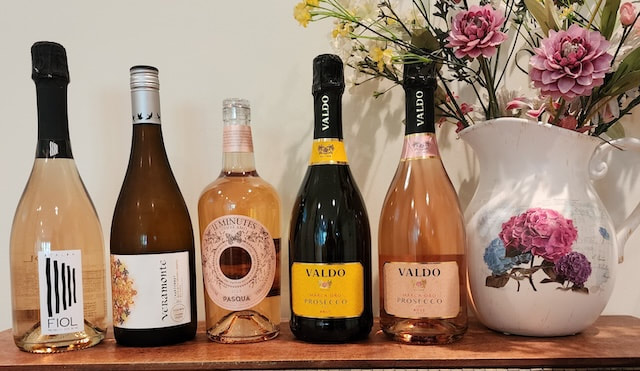
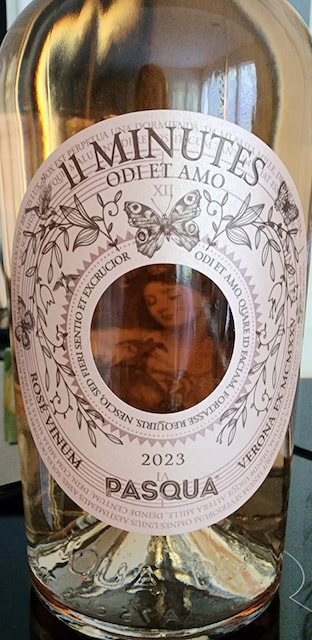
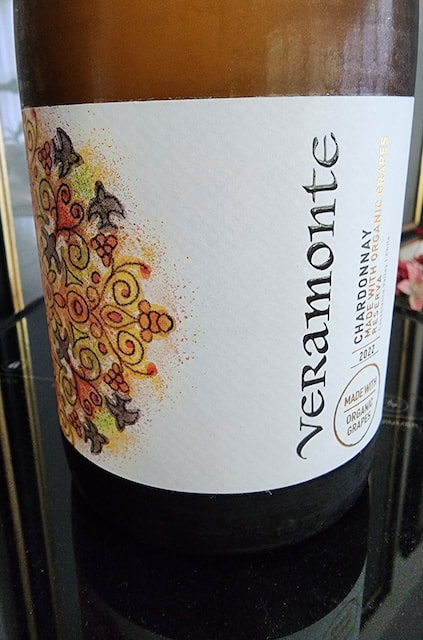
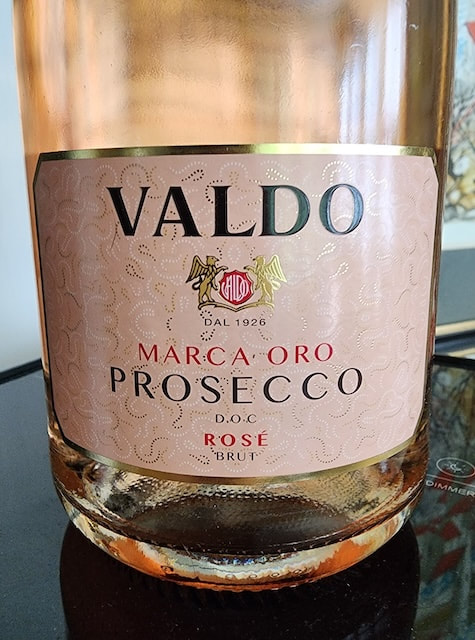
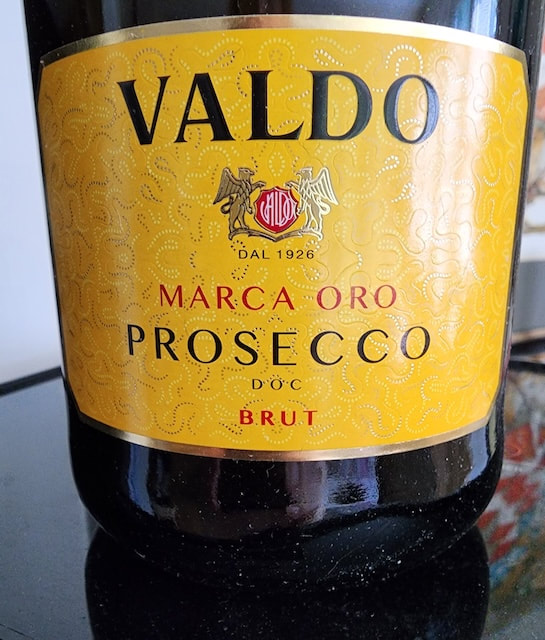
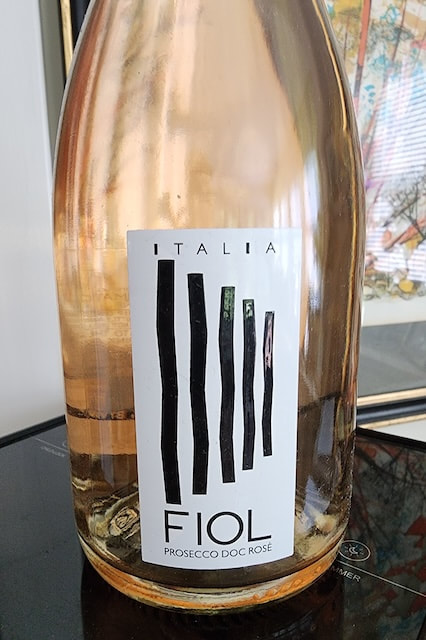
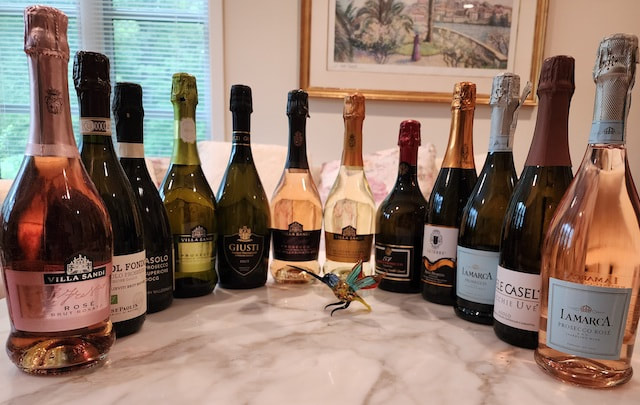
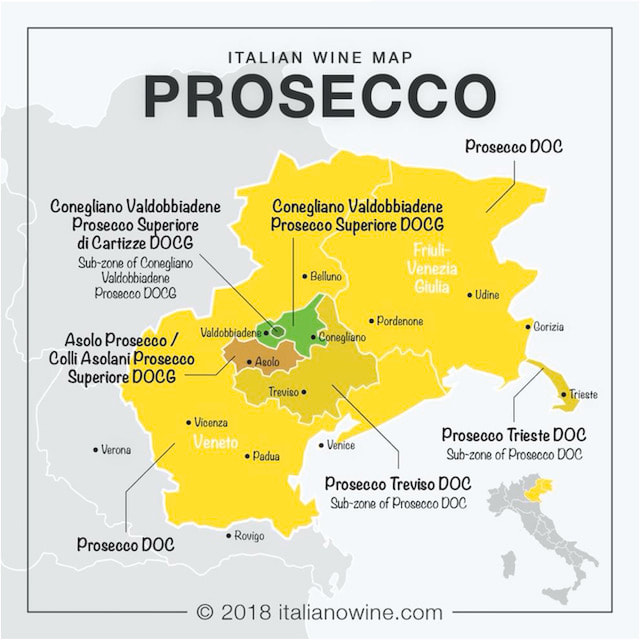
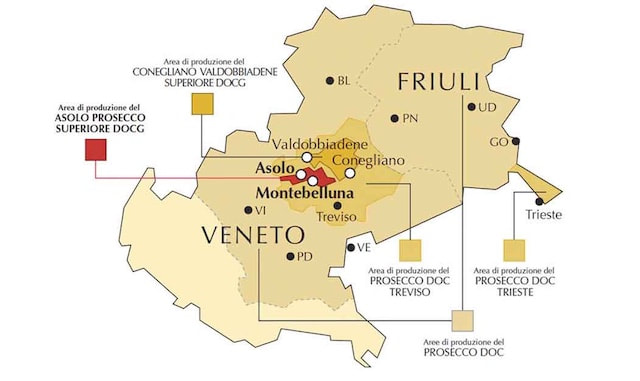
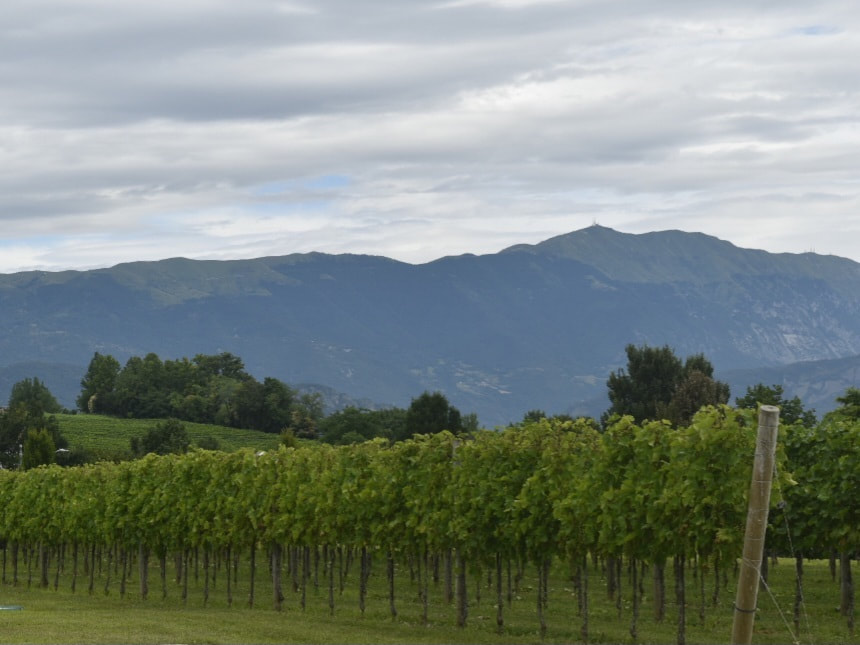
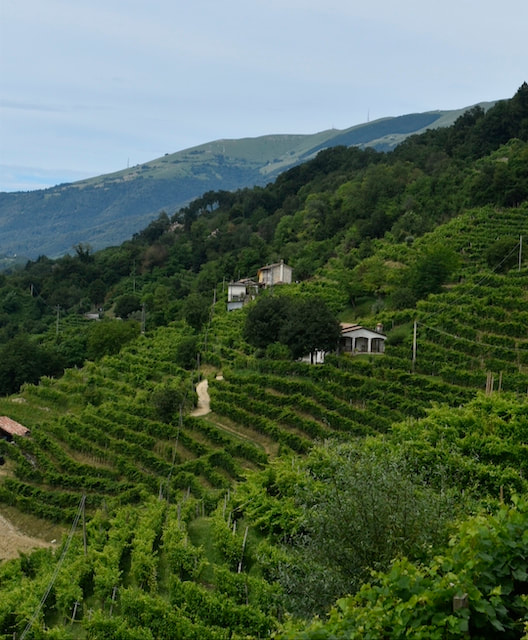
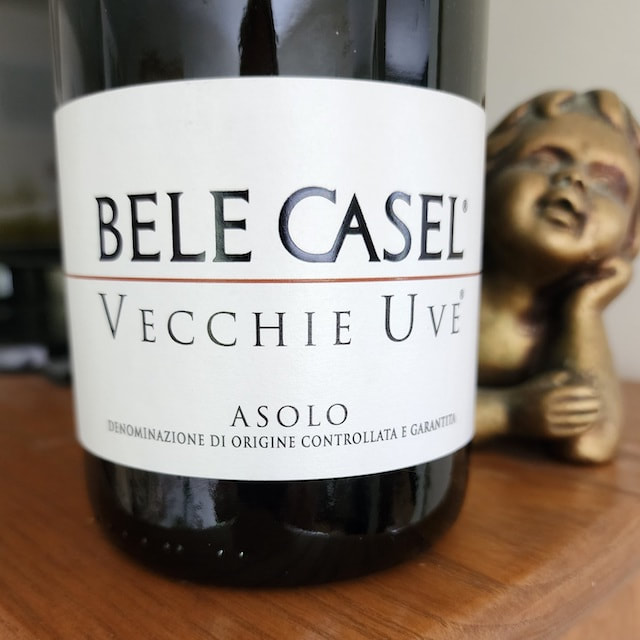
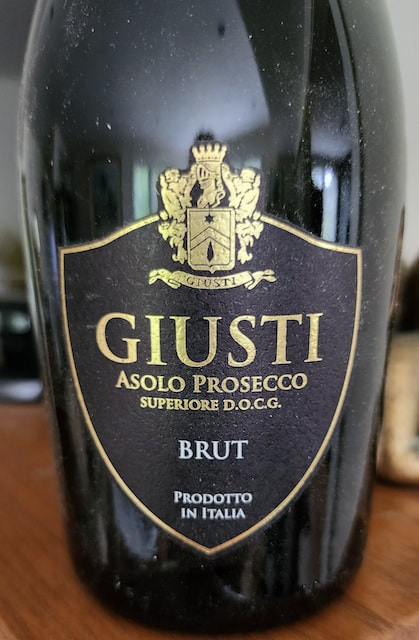
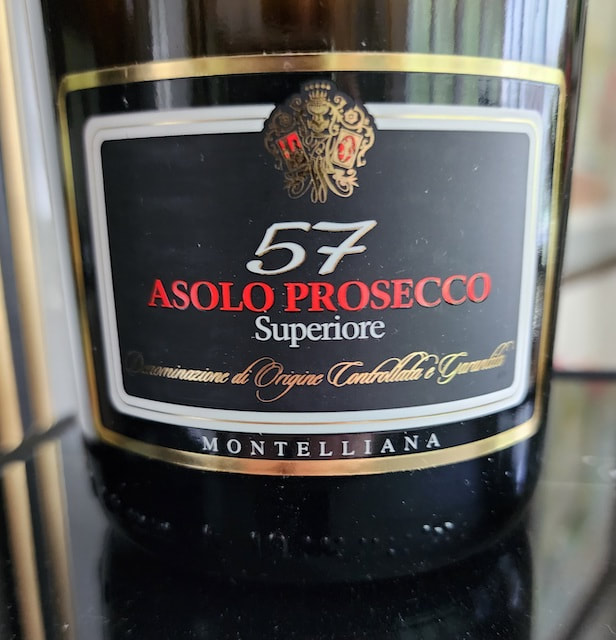
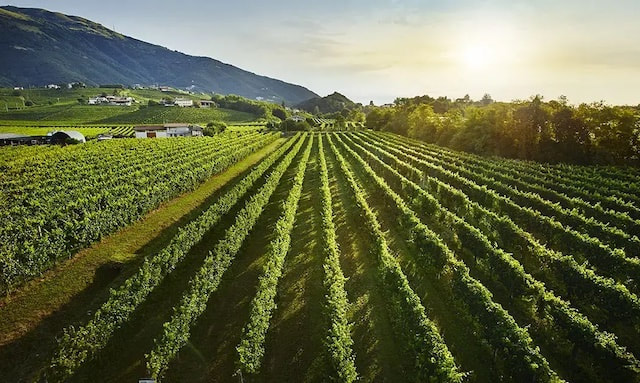
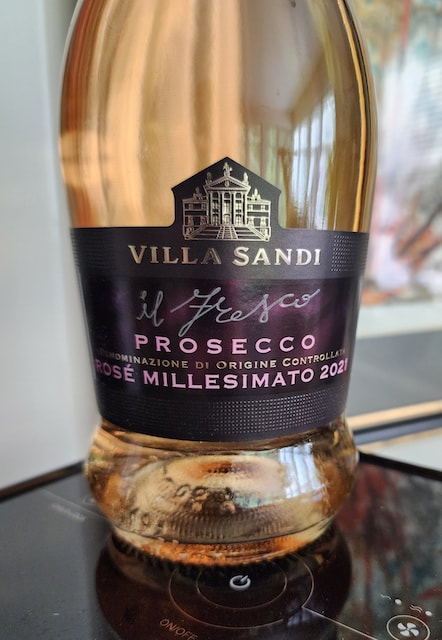
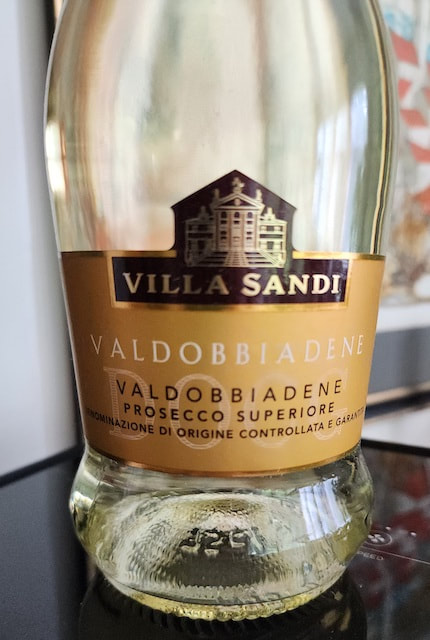
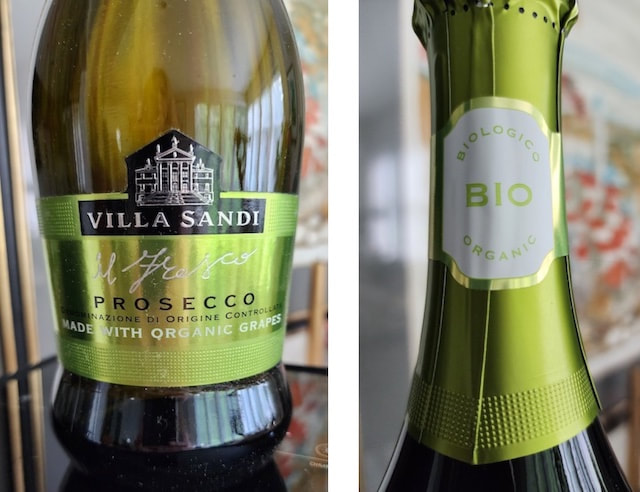
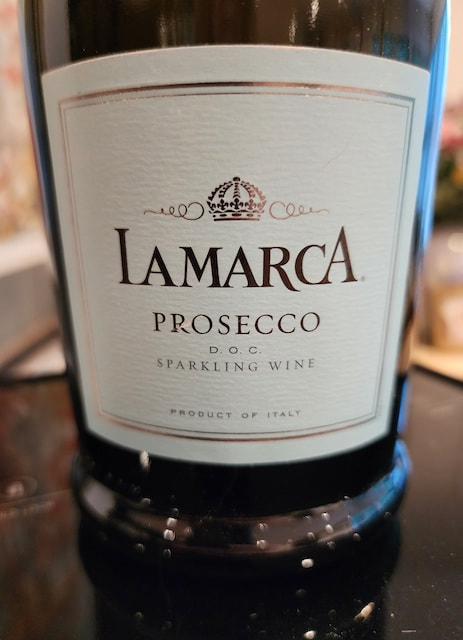
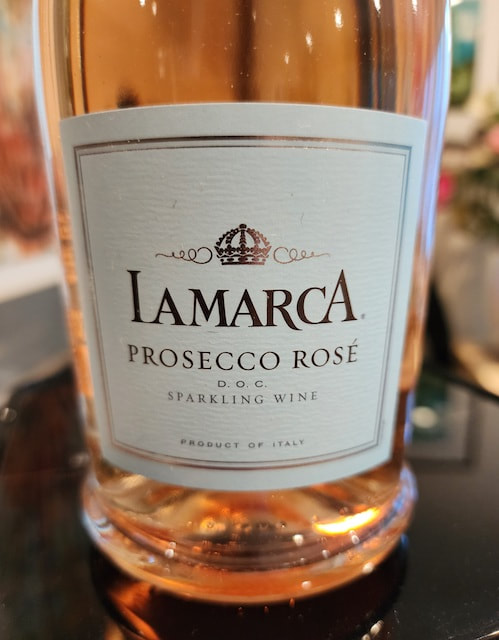
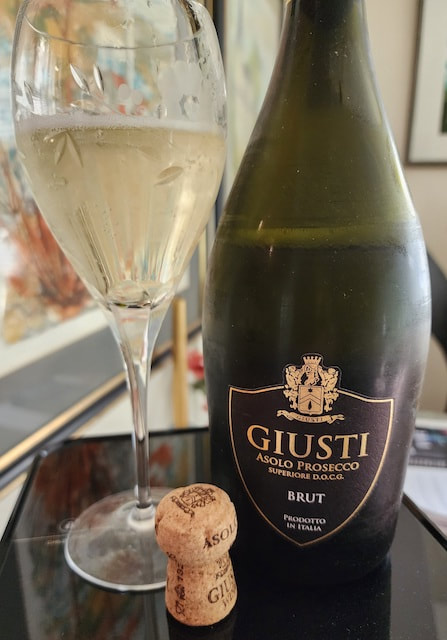
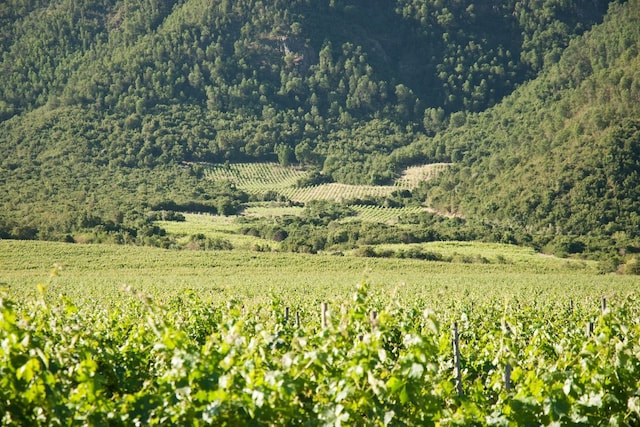
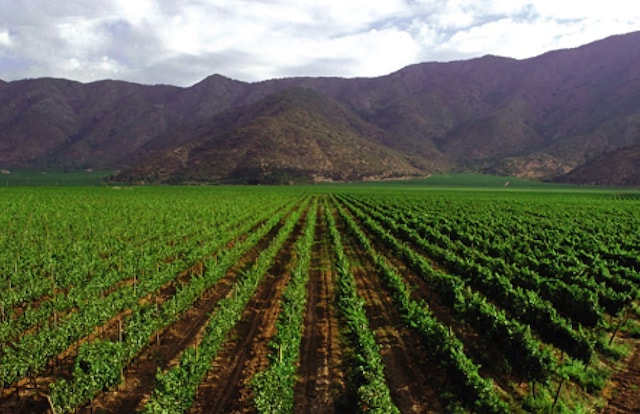
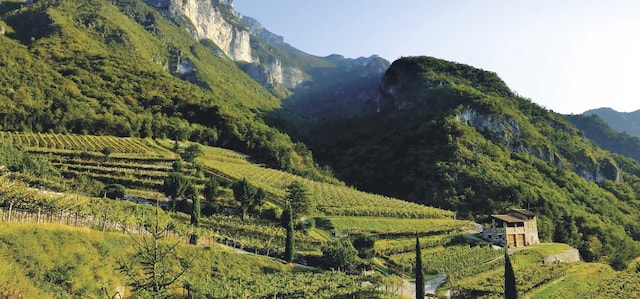

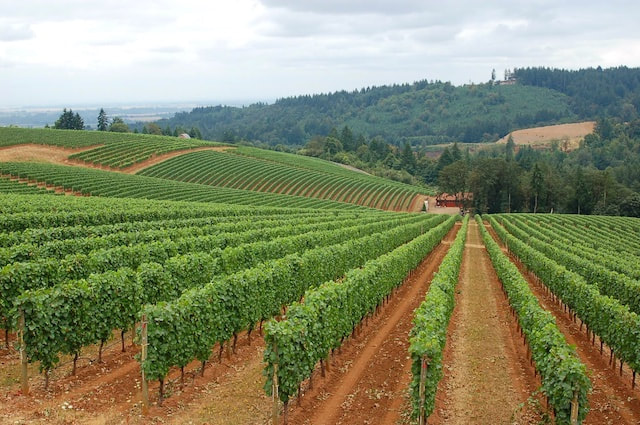
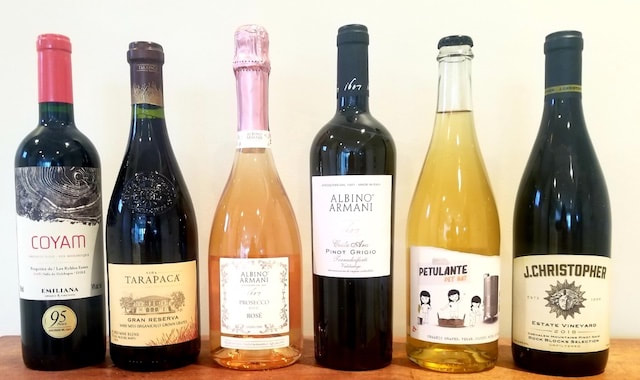
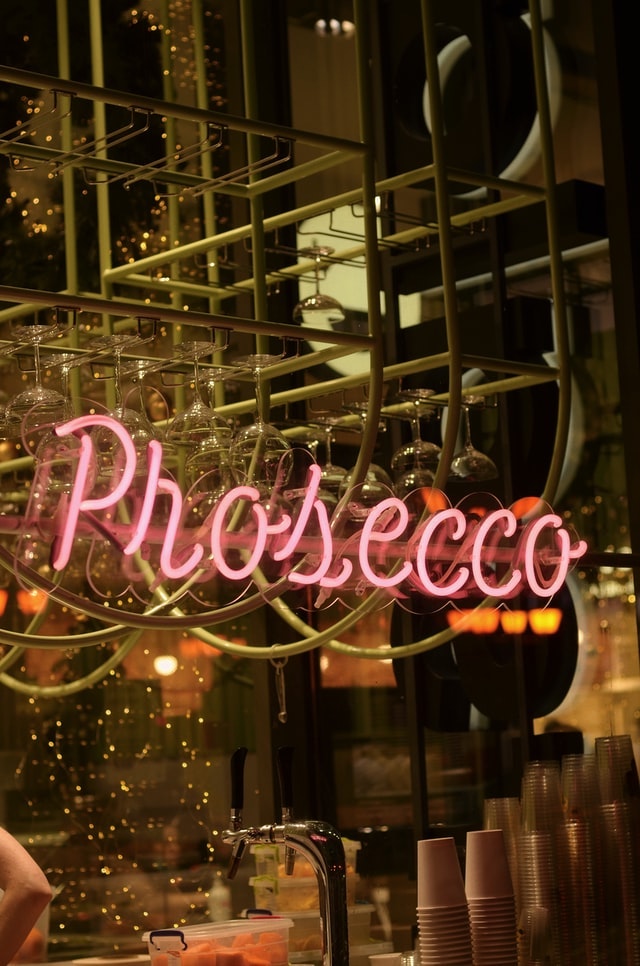
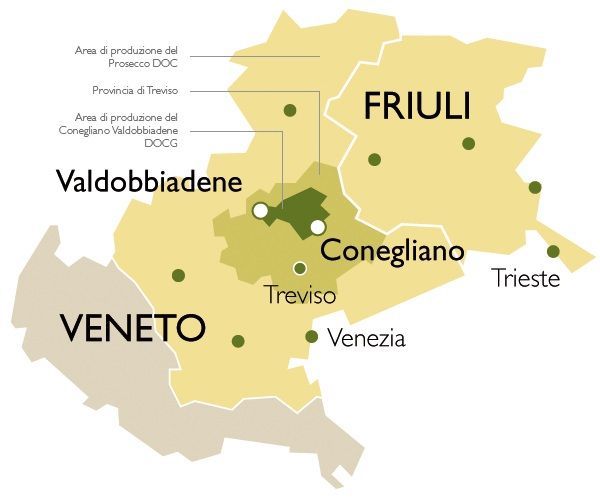
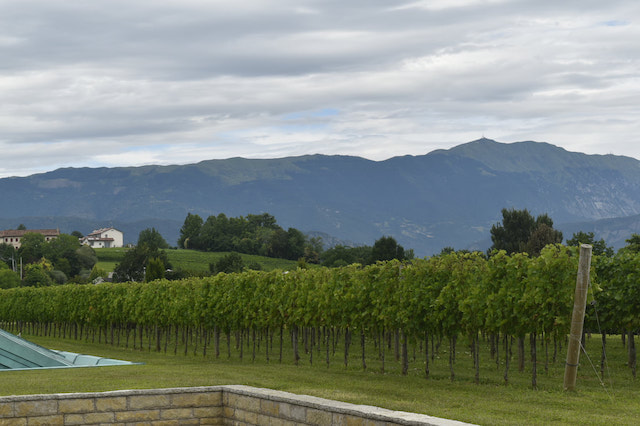
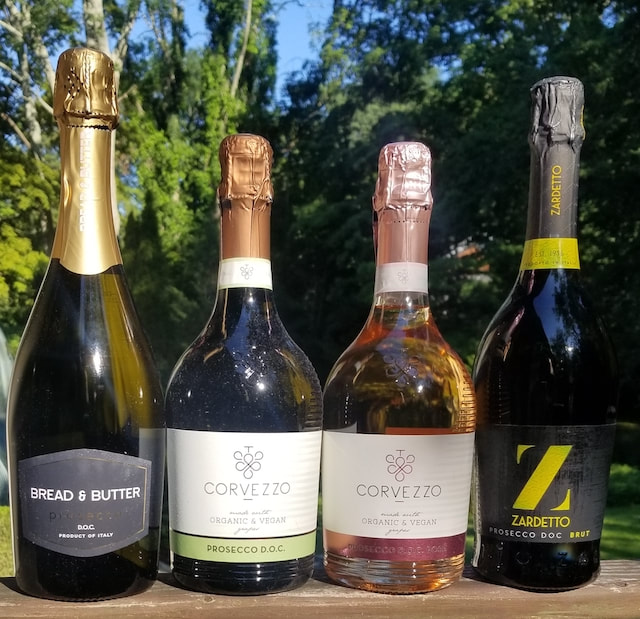
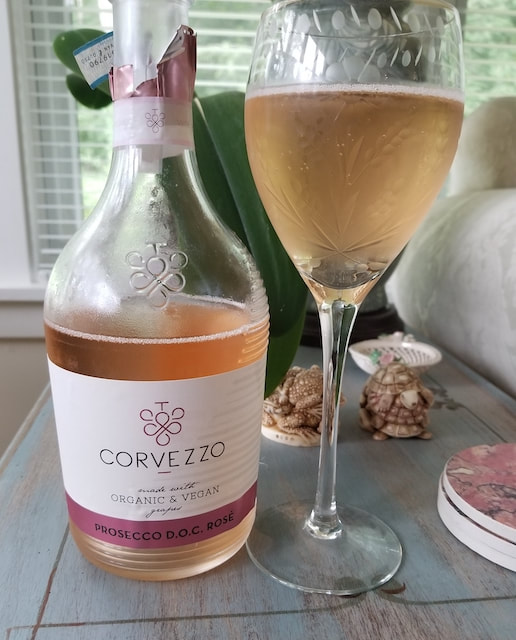
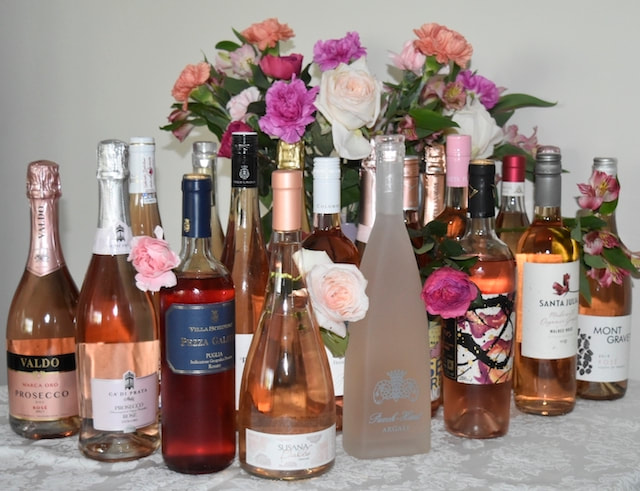
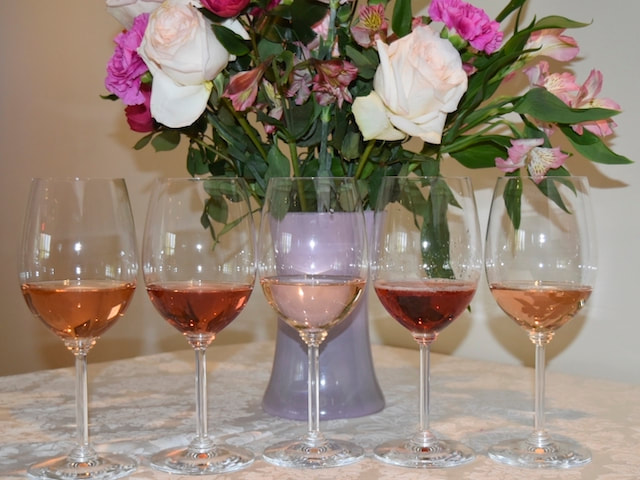
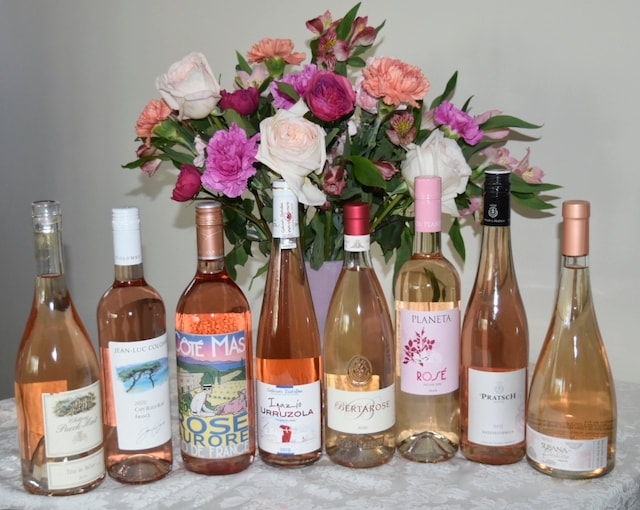
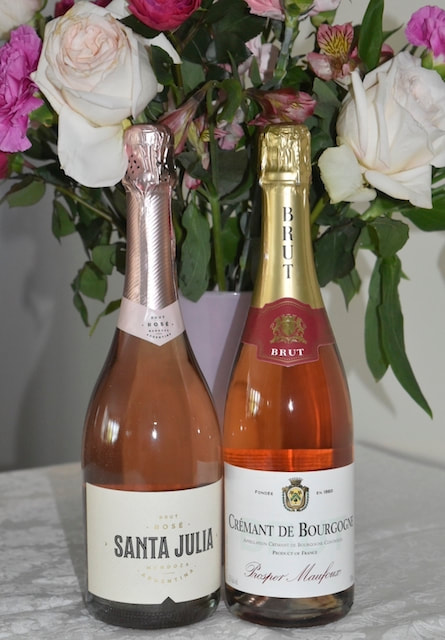
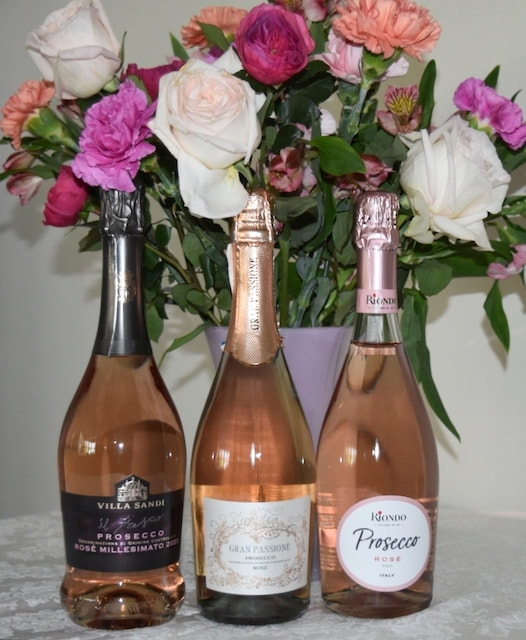
 RSS Feed
RSS Feed